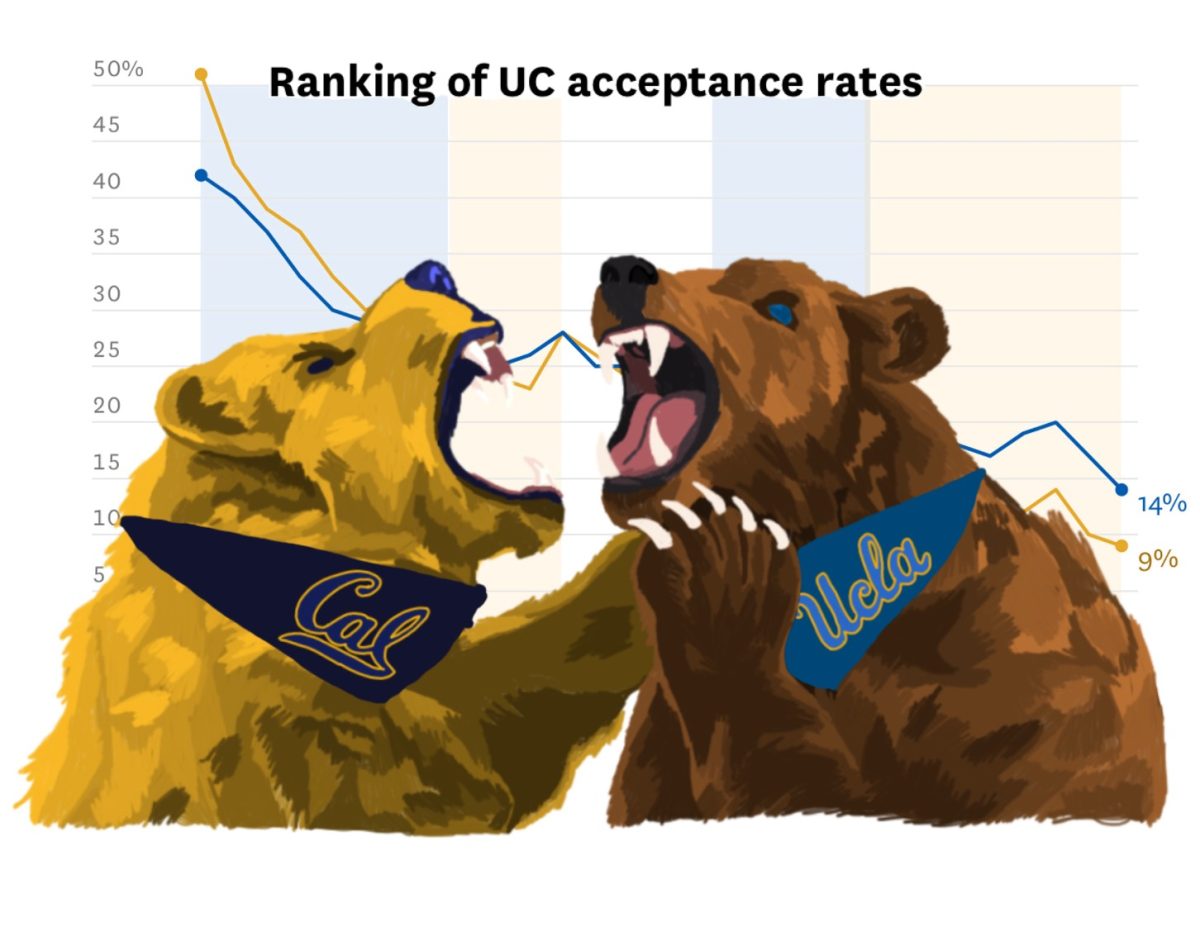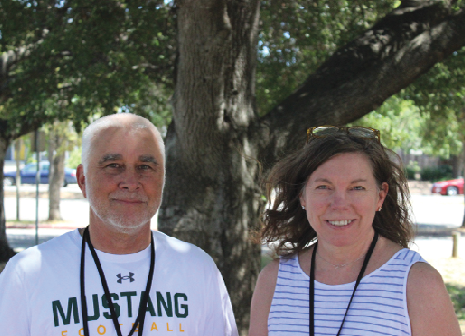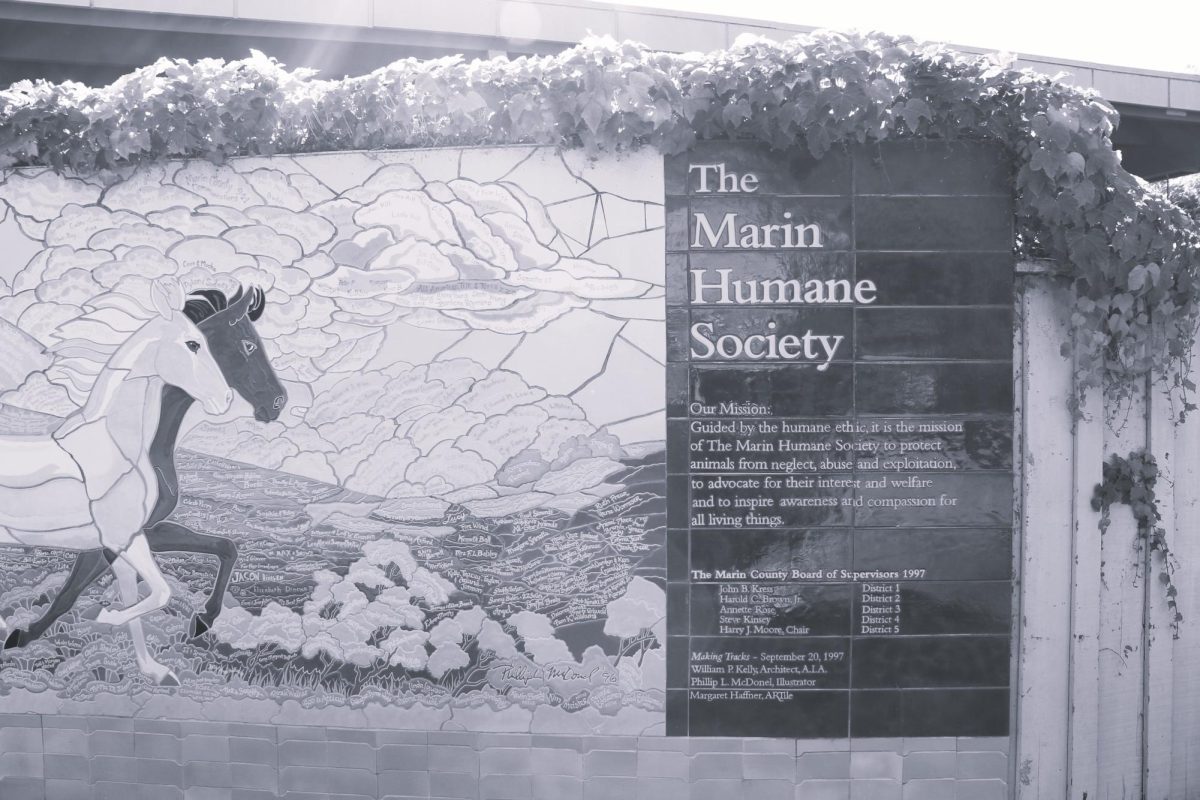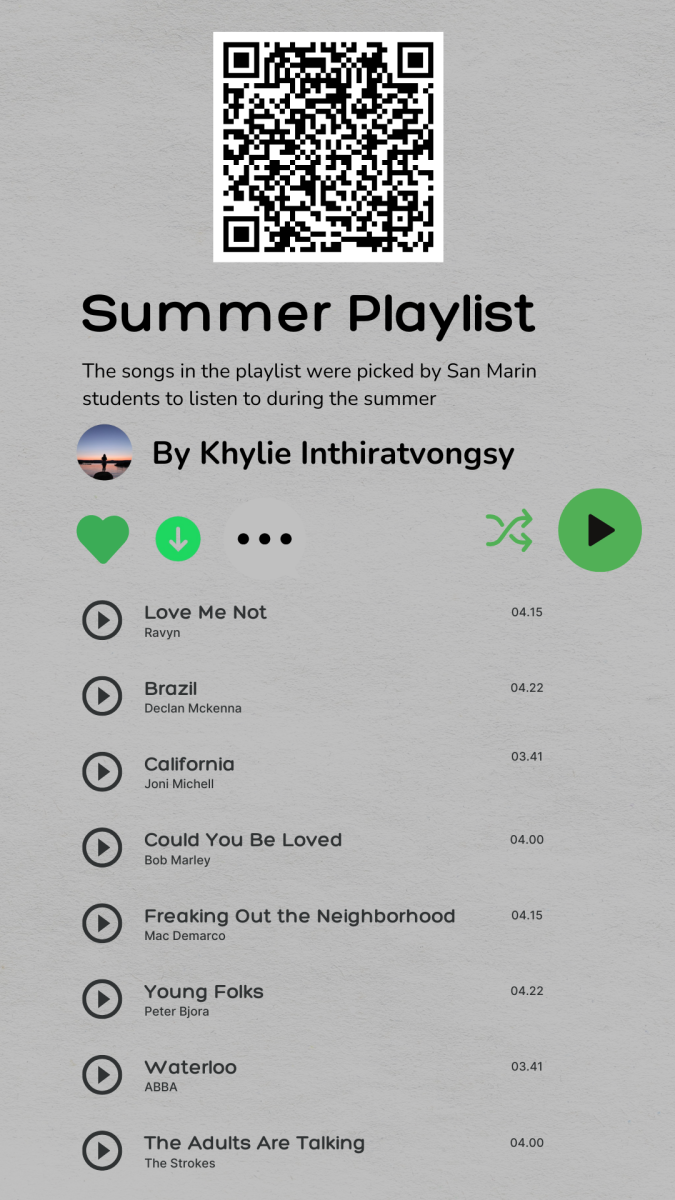By: Annie McMickin and Kenzie Rawles
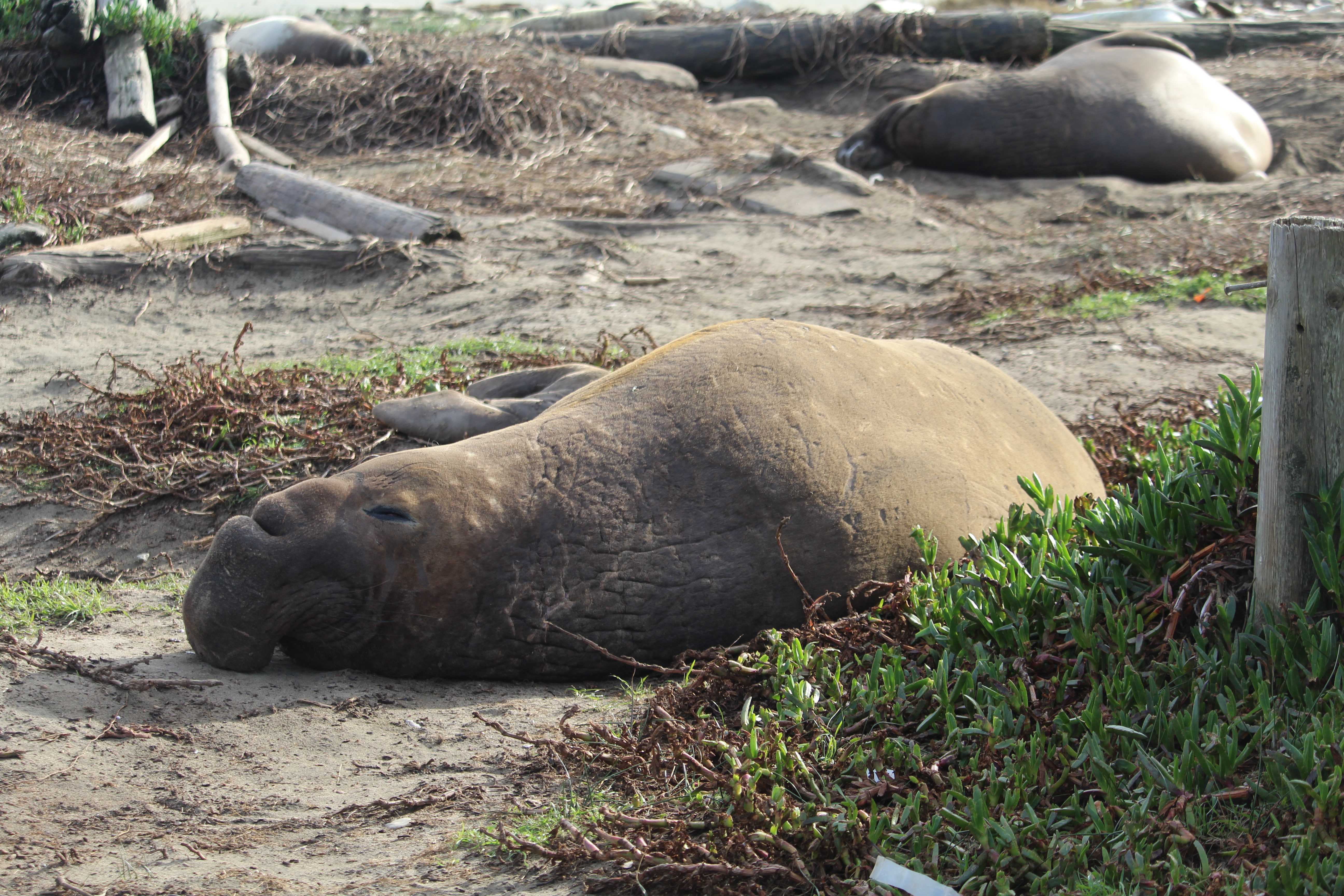
An elephant seal snoozes peacefully in the sun.
Since the 1800s, elephant seals have been beaching on shores and swimming on the coast of the Pacific Ocean near the San Francisco Bay.
Elephant seals are large sea mammals, of which the males have large, trunk-like noses, giving them their names. Even though they are normally found in the Channel Islands in Southern California, they are currently residing in the Bay Area for their mating season.
Elephant seals are about 14 feet long and can weigh up to two and a half tons. After being killed for their blubber in the 1800s and their population almost dying out, the Mexican government granted them protected status in 1922. Since then, they have regained their population of almost 200,000.
The elephant seals’ breeding range extends from Baja California, Mexico to Point Reyes, California. During this time, the seals can be found along Northern California coastlines.
The breeding season begins once the first males arrive on the beach, normally in December. Elephant seals are pregnant for around one year. The seals will mate 24 days after giving birth, and the process repeats.The seals spend the first month of their life nursing and growing.
According to the Marine Mammal Center, they take two months to teach themselves how to swim and find food. When they finally enter open waters and leave the beach, elephant seals can dive up to 5,000 feet. Between April and August, these seals return to the beaches to molt.
Despite living so close to the beaches where these seals reside, students do not know much about these animals.
“I’ve heard about them before, but don’t really know anything else besides they are big,” sophomore Chloe Phan said. “I wouldn’t mind learning more about them. Some of them are cute; the pups are really cute.”
For students interested in learning more about the seals or finding them, they can be found
at the Marine Mammal Center in Sausalito or the Elephant Seal Overlook in Inverness.
At the center, employees save the seals from beaches and rehabilitate them.
Students can research the seals currently living at the Marine Mammal Center on the center’s website. Some seals currently residing there include Chewy, Chunky, Beandip, and Pinpoint. Most of the elephant seals rescued are pups who seem orphaned.
Anyone can also “adopt” a seal for $30 and will be sent an adoption certificate.
“We care for patients seven days a week, 365 days a year, and answer 10,000+ calls to our rescue hotline annually, thanks to support from people like you,” the Marine Mammal Center’s website says.
Places like the Marine Mammal Center depend on people, such as students at San Marin, to help protect the elephant seals and other sea animals. By knowing more about the elephant seals, students can help their mission while educating themselves on sea creatures that live near them.


